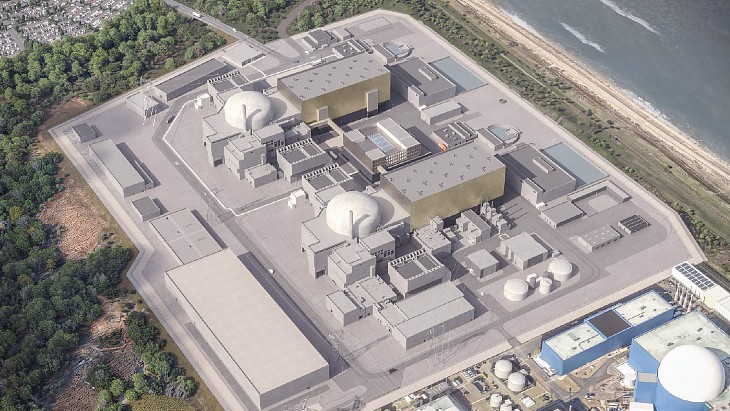Commenting the day after Iran held a National Day of Nuclear Technology at Natanz, Atomic Energy Organization of Iran (AEOI) head, Reza Aqazadeh, said that installation of centrifuges would continue at the site where Iran claims to have installed 3000 of the devices. He also said that Iran would announce an international tender for construction of two 1000 MWe power plants "within the coming days."
During the Natanz ceremonies, held on the anniversary of the country's first enrichment of uranium, Iranian President Mahmoud Ahmadinejad declared that Iran had begun producing nuclear fuel on an industrial scale, and Aqazadeh said that the country had started mass-producing the centrifuges used to enrich uranium. Ahmadinejad claimed that Iran had abided with its undertakings under the Nuclear non-Proliferation Treaty (NPT), under which members undertake not to divert from civil nuclear programs to military uses, and was not having its rights under the treaty respected by members of the UN Security Council.
Centrifuges are used to enrich uranium by separating uranium-238 from fissile uranium-235. Nuclear reactor fuel typically uses uranium enriched to 3-5% uranium-235, but as natural uranium contains only 0.7% uranium-235 it must be passed through centrifuges many times to increase the level. A centrifuge enrichment plant does uses many centrifuges arranged in 'cascades'.
There is much scepticism about how many centrifuges are indeed operating at the Natanz plant. AEOI deputy head Mohammad Saeedi told reporters there was not "any need to declare the exact number of centrifuges" at the Natanz ceremonies, and that reporters should wait until IAEA inspectors present their report in 20 days' time to know the actual number of operating centrifuges. Iran maintains that the IAEA has been given full access to their nuclear activities at Natanz. However, the IAEA has said it has gaps in its knowledge about Iran's plans and is pushing Tehran to let it install cameras to monitor the underground section of the Natanz plant, where the centrifuges are housed. Iran says such measures go beyond the basic safeguards measures it is required to permit under the NPT.
The two IAEA inspectors, who arrived at Natanz on 10 April, are to stay at the site for a week. Iran's nuclear sites have been subjected to 2000 person-day inspections, a figure unprecedented in IAEA history.
Further information
International Atomic Energy Agency
WNA's Iraq, North Korea & Iran - Implications for Safeguards information paper
WNN: Iran defiant as UN imposes further sanctions
WNN: Insight Briefing: Iran rebuked by sanctions






_69614.jpg)





